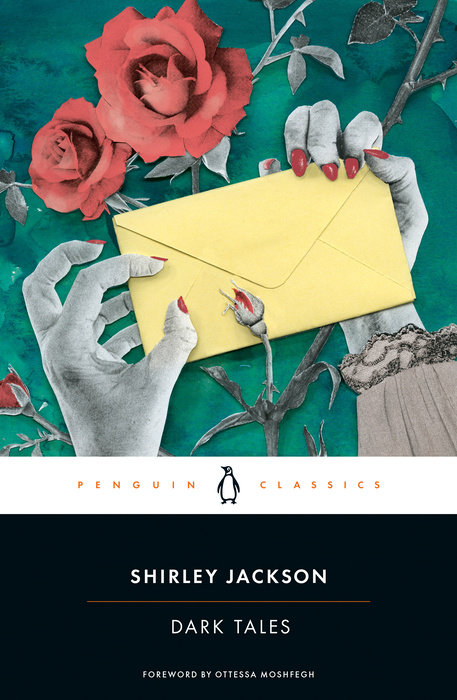
(VOD) I happened to read Robert Marasco’s 1973 horror novel BURNT OFFERINGS a few years ago, a properly enigmatic ‘house possesses and feeds off of its guests’ work, focused more on male/paternal/provider anxieties that hasn’t necessarily aged as well as one would hope, but it’s an intriguing enough qualified read.
I had absolutely no idea that, not only had it been adapted into a feature film in 1976, but that it has a surprising roster that features Oliver Reed as Ben, the father who drags his family to a spacious, yet dilapidated, summer house for vacation, Karen Black as Marian, his wife, Bette Davis as Aunt Elizabeth, as well as Burgess Meredith and Eileen Heckart as the brother and sister renting the house to the family.
As you might suspect based on the roll call, what ends up on the screen is an eclectic oil-and-water mix of performances: Reed brings an old-school stiffness that occasionally balloons to an overly grandiose show; Karen Black plays it a bit more naturalistic, bringing a haunted quality to the film, and Bette Davis gleefully leans into the creep factor of the aunt’s ailing body. Only Meredith and Heckart bring a playful vibe to the film, but it helps that they’re both on-screen for less than ten minutes.
While the film mostly hews close to the novel’s original tale, which primarily consists of putting the family’s young son David (Lee Montgomery) through the physical and psychological wringer, it deviates in two important ways. First, director Dan Curtis inserted a bit of back story for Ben where he keeps seeing a pale, grinning chauffeur, first at his mother’s funeral. Allegedly, this was a bit of dream-inspiration on Curtis’ part, but it slots into the adaptation quite well. Second, the end is significantly more close-ended and shocking than the source material but, again, it suits the work.
Tonally, the film is far more interesting, if not occasionally maddening, especially given how it contrasts against similar horror films of the time. It’s not quite a throwback, but it doesn’t quite embrace the evolving style and leniency of 70s horror.
Warning: the trailer pulls no punches and spoils some of the biggest moments of the film.








